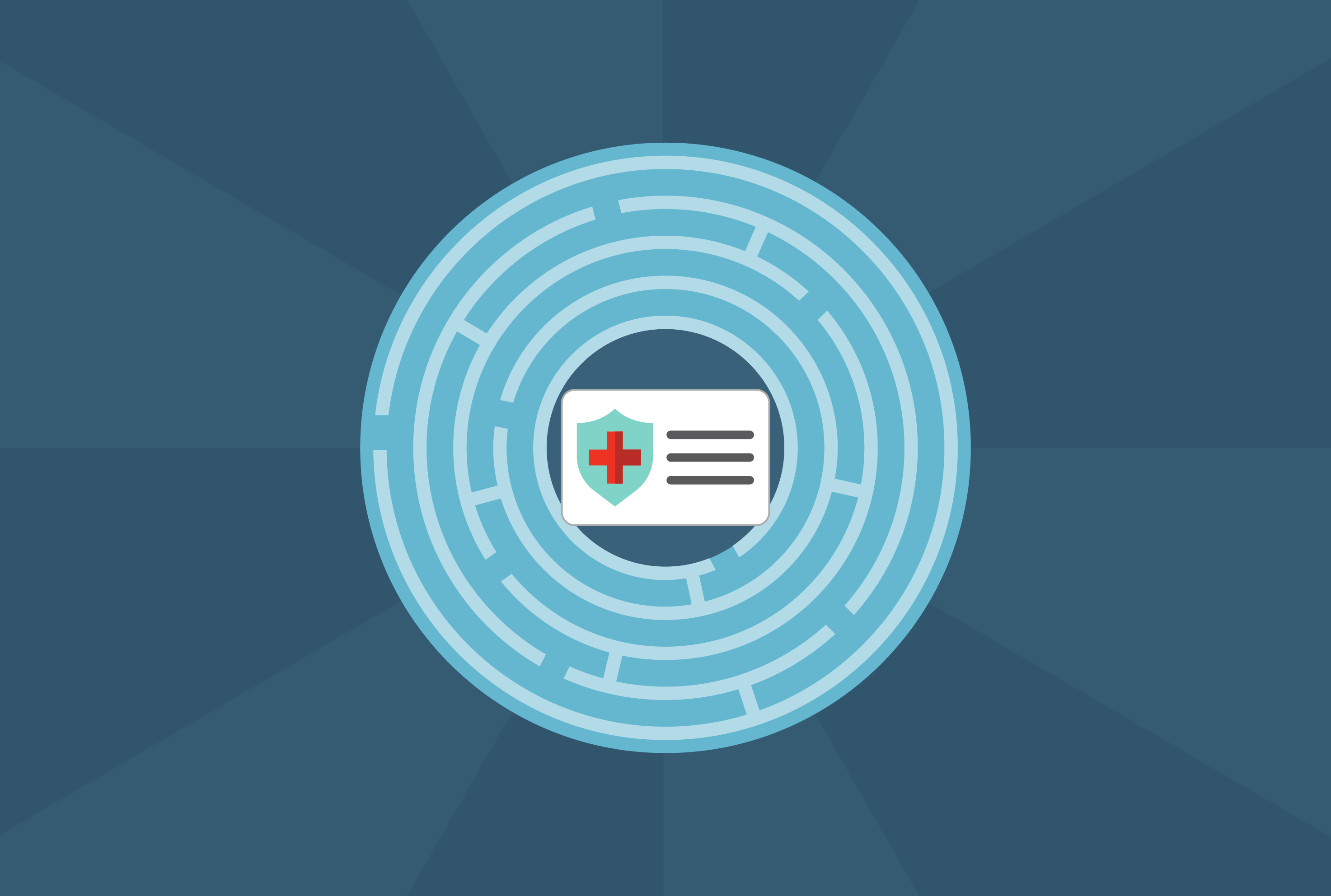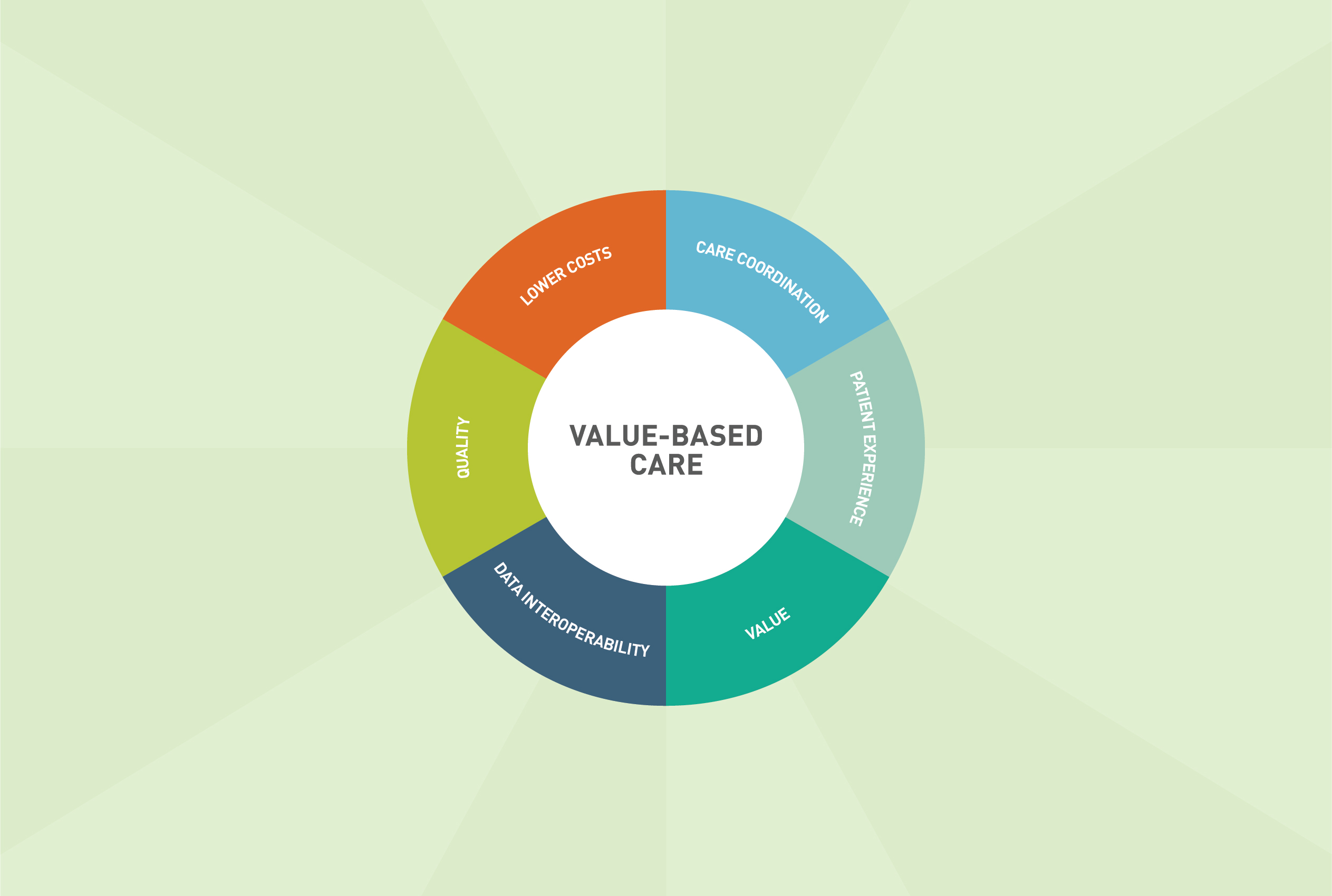We had three very significant Final Rules in play at the end of last year. The first one, the CMS Interoperability Final Rules, was back in May. The Transparency in Coverage Final Rule came through in November, followed by the Consolidated Appropriations Act, which included the No Surprises Act and several Transparency items signed in the last few days of 2020.
Many of the components in the No Surprises Act have a January 1, 2022 implementation date. In the middle of all of this, any solutions developed for 1/1/22 will likely coincide with the Medicare Advantage annual enrollment period, so things will get a little hectic.
To start things off, on July 1, 2021, Medicare Advantage (MA), Medicaid, CHIP, and Qualified Health Plans (QHP) on the federally facilitated exchanges (FFEs) must implement the Patient Access and Provider Directory APIs from the CMS Interoperability Rule.
HealthEdge has created a Patient Access Data Mapping. The Data Mapping uses the Common Payer Consumer Data Set (CPCDS) to bridge to the FHIR Profiles, which will be exposed to the member selected application via the Patient Access API. We have collaborated with several customers and will finalize the draft by the end of this month. Of course, the mapping is subject to change because this is an evolving process. We had HIPAA back at the beginning of the century, and ten years later, the Affordable Care Act came and shook things up. I think interoperability and transparency is the next big wave in healthcare.
On January 1, 2022, the Payer-to-Payer Historical Data Exchange under Interoperability also becomes enforceable. Members can request up to five years of historical data to be sent from their previous plan to their new plan, and the new plan must be able to ingest the historical data.
Consolidated Appropriations Act’s No Surprises Act, effective for plan years beginning on or after January 1, 2021, comes into play. Many states already have no surprise billing rules; however, this is the first at the federal level. While we await rulemaking by the tri-agencies, we can get started on what we know from the legislation. Insured, Self-Insured, and Individual Plans that provide in-network emergency coverage must provide out-of-network emergency services coverage without preauthorization requirements and with the same cost-sharing amounts as in-network. The same applies to when non-emergency services are received without notice by an out-of-network provider at an in-network facility. There are also provisions addressing Air Ambulance.
For these situations:
- Cost-sharing must be applied to both in-network and in-network out-of-pocket maximums and is calculated as if the total charge is:
- The amount required by state law; or if none
- The median contracted rate of the plan sponsor (or issuer) for the same or similar item or service in the same geographical and the same market as of 1/30/2019 (increased by CPI-U)
- Initial payment or issue of denial within 30 of claim receipt
- Arbitration is available to resolve disputes between the Provider and Plan.
Meanwhile, providers may not balance bill except ancillary services with prior notice and consent.
Also beginning January 1, 2022, the Transparency in Coverage Rule requires virtually all non-grandfathered plans to post three machine-readable files (MFRs) to their public website every month.
The three files include the In-Network Rate File, which is the negotiated rates based on the benefit plan, provider, and service code with the rate expressed in dollars. The Allowed Amount File which is basically the out-of-network payments. The file is created from claims experience, using data beginning 180 days prior for the first 90 days of that period, where there are 20 or more claims found for a reported service code. The machine-readable file must contain the billed and the allowed amount attached to that benefit plan, provider NPI, and service code. The third file is for the Prescription Drug Coverage File. This is out of scope for HealthRules Payer. A high-level requirement has been completed for the In-Network Rates and the Allowed amount Files and is in solutioning.
Additional items under the Consolidated Appropriations Act (CAA), all converging on January 1, 2022, include:
The Advanced Explanation of Benefits (A+EOB)
When a provider notifies the insurer or group health plan that an enrollee is scheduled to receive a health care service and provides a “good faith” estimate of charges, the plan must send an “Advanced” Explanation of Benefits (A+EOB). This advanced explanation of benefits must indicate if the provider is in-network or out-of-network, include the good faith estimates of costs and the required disclaimers.
Price Comparison Tool
The group health plan must make a price comparison tool available to members, online and by telephone. The tool compares the cost-sharing amounts that members would be responsible for paying different providers for the same service.
ID card requirements
All plan ID cards, Hard Copy, and Electronic must include the in-network and out-of-network deductibles and out-of-pocket maximums printed out. Along with a telephone number and website for assistance.
Provider Directory Provisions
All provider directories must be verified and the information updated every 90 days. Plans must respond to member inquiries regarding a provider’s network status within one business day and then keep a record of that for a minimum of two years. The plan must also establish a database of network providers. And lastly, the plan must not impose out-of-network cost-sharing if directory or response indicated the provider was in-network as of a relevant date.
Looking ahead, most group health plans and health insurance issuers in the individual and group markets must offer an online shopping tool under the Transparency in Coverage Final Rule. This will allow consumers to see the negotiated rate between their provider and their plan, as well as a personalized estimate of their out-of-pocket cost for 500 of the most shoppable items and services, beginning January 1, 2023. The online shopping tool becomes all-inclusive on January 1, 2024, expanding to drugs, DME, and all other items or services covered by the plan.





